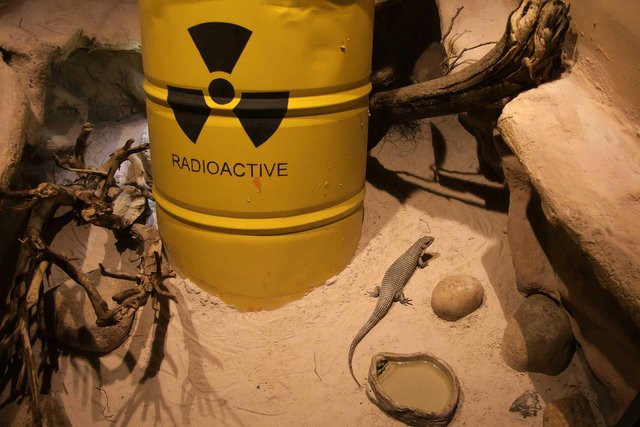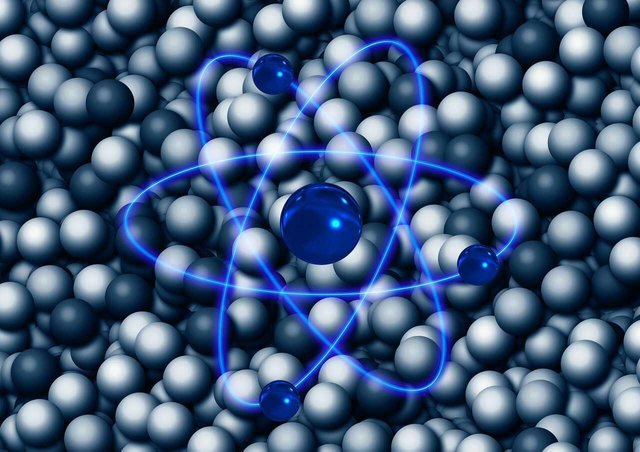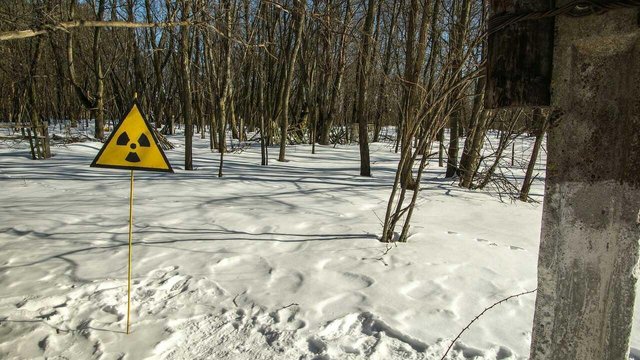Nuclear Science.
INTRODUCTION

source
Nuclear Science is the study of the world of atoms, the term "nuclear" meaning ‘of or relating to or constituting the nucleus of an atom’. The field of particle physics evolved out of nuclear physics. Nuclear science studies how energy is released by the nuclei of atoms when they undergo certain changes, and nuclear technology is concerned with the applications of the findings to various fields— such as agriculture, industry, medicine, etc.
RADIOACTIVITY:

source
The property of certain types of matter by which they emit energy and subatomic particles spontaneously is known as Radioactivity. The property is, in fact, an attribute of individual atomic nuclei. Unstable atomic nuclei with a higher stability. The energy and particles which are released during the decomposition process are called Radiation. When unstable nuclei decompose in nature, the process is referred to as Natural Radioactivity. When an unstable nuclei are prepared in the laboratory, the decomposition is called Induced Radioactivity. The nuclei will decompose into more stable configurations only in a few specific ways by emitting certain particles or certain forms of electromagnetic energy.

source
Of more than 2,300 different kinds of known atoms, more than 2,000 are radioactive. Only about 50 radioactive types exist in nature. Scientists make the rest artificially. Antonie Henri Becquerel of France discovered natural radioactivity in 1896. He found that Uranium compounds emitted radiation which affected a photographic plate even when they are rapped in black paper; they also ionised a gas. Soon afterwards, Marie Curie discovered an even more strongly radioactive substance, namely Radium. Every element with an atomic number greater than that of Lead (82) is Radioactive. The nuclei of some of these elements can decay by splitting in two; this is spontaneous fission.

source
Natural Radioactivity occurs in nine of the lighter elements also. Of these the most important are ¹⁴₆C (Carbon) and ⁴⁰₁₉K (Potassium). The ⁴⁰₁₀K isotope was probably formed when the earth was created. Its present existance is due to its long half-life of 1.25×10⁹ years; though it only constitutes 0.01% of natural potassium, its presence makes living tissue appreciably radioactive . It may decay either by b-emission or electron capture.
⁴⁰₁₀K orginally present in the earth will have decayed by now. It is produced continuously from the action of neutrons in cosmic rays on atmospheric nitrogen, by a nuclear reaction.
Of the seventh row element, only five are round in nature; Radium, Actinium, Thorium, Protactinium and Uranium.